Lighting has evolved from a simple necessity to a key design element in modern homes. With the rise of smart technology, smart lighting for homes isn’t just a trendy upgrade—it’s a practical investment that offers both style and function.
If you’re wondering whether upgrading to smart lighting is worth it, or you’re not quite sure where to start, this guide will walk you through everything you need to know. From understanding the benefits of home automation lights to exploring the latest modern lighting trends, we’ll help you make the right decision for your space.
Why Smart Lighting Is Gaining Popularity
- Convenience and Control
One of the biggest advantages of smart lighting for homes is the ability to control your lights from anywhere—using your smartphone, voice assistant, or even scheduled automation. Whether you’re in bed or on vacation, managing your home’s ambiance is just a tap or command away.
- Energy Efficiency
Switching to smart bulbs is a powerful way to cut down on electricity bills. Many smart lighting systems use LED technology, which is significantly more energy-efficient than traditional incandescent or halogen lights. Plus, with dimming options and occupancy sensors, you’ll never leave a light on unnecessarily.
- Aesthetic Flexibility
Lighting sets the mood—and modern lighting trends are all about flexibility. Smart lighting allows you to shift between warm and cool tones, change brightness levels, and even play with colors, depending on your preferences and time of day.

Popular Smart Lighting Options for Every Room
Smart Bulbs: The Starter’s Essential
Smart bulbs are the easiest way to dip your toes into home lighting upgrades. They screw into standard light sockets and can be connected via Wi-Fi or Bluetooth. Some popular features include:
- Color-changing capabilities
- Dimmable brightness
- Voice control compatibility (with Alexa, Google Assistant, etc.)
These bulbs are ideal for bedrooms, living rooms, and even home offices where mood and lighting quality matter.
Smart Switches and Dimmers
If you want to maintain your existing light fixtures but still enjoy automation, smart switches and dimmers are the way to go. These replace traditional wall switches and let you control lights remotely, set schedules, or automate brightness based on the time of day.
This is especially effective for larger spaces like kitchens or open-plan living areas.
Motion-Sensor Lights
Perfect for hallways, closets, and bathrooms, motion-sensor home automation lights automatically turn on when they detect movement and turn off after a set time. This feature not only adds convenience but also helps with energy conservation.
Smart Ceiling Fixtures
If you’re planning a full renovation or new build, consider smart ceiling lights or integrated systems. These fixtures often come with advanced features like:
- Pre-set light scenes (reading, relaxing, energizing)
- Adaptive lighting (mimics daylight patterns)
- Built-in speakers or Bluetooth connectivity
For more ideas on ceiling designs, check out our post on Ceiling Lighting Trends 2025: What’s In and What’s Out.

Smart Lighting in Different Spaces
Living Room
Your living room is likely the most versatile space in your home. Use smart bulbs to shift from bright white light during the day to a cozy warm glow in the evening. For a movie night, dim the lights or switch to a dramatic hue.
Combine smart lighting with layered lighting strategies—floor lamps, accent lights, and spotlights—to create a dynamic setting.
Kitchen and Dining
Here, functionality is key. Use smart switches and LED under-cabinet lighting to provide task lighting while cooking. Add dimmable overhead lights for ambiance during dinner. And if you’re tech-savvy, voice-activated lights can turn your cooking into a hands-free experience.
Bedroom
Smart lighting for homes really shines in the bedroom. Wake up gently with lights that slowly brighten in the morning, or set a nighttime routine where lights dim gradually to help you wind down.
Place smart bulbs in table lamps or wall sconces and connect them to your evening and morning schedules.
Bathroom
Use motion-sensor lighting for nighttime visits to the bathroom, or install smart vanity lights that mimic natural daylight for accurate makeup application. Don’t forget to choose humidity-safe options for wet areas.
Benefits Beyond Style
Improved Sleep and Mood
Studies show that lighting can affect your circadian rhythm. Many modern lighting trends include adaptive lighting that changes throughout the day to support your body’s natural clock. That means cooler light in the morning to wake you up and warmer tones at night to prepare you for sleep.
Enhanced Security
Smart lighting can simulate occupancy when you’re away from home, helping deter intruders. Set up random lighting schedules or pair with smart home security systems for extra peace of mind.
Long-Term Value
Smart lighting not only enhances your daily life but also boosts your home’s resale value. Homebuyers are increasingly drawn to properties with smart features—and lighting is one of the easiest upgrades to make.

Key Considerations Before Upgrading
- Connectivity: Make sure your Wi-Fi can support multiple devices.
- Compatibility: Choose lighting products that integrate well with your smart home ecosystem (Google, Apple, Alexa).
- Installation: Some setups are plug-and-play, while others may require professional installation—especially for built-in ceiling lights or switches.
- Budget: Start small with bulbs or smart plugs, then scale up as you see the benefits.
Final Thoughts
Upgrading to smart lighting for homes is one of the most practical and impactful home improvements you can make. Whether you start with a few smart bulbs or go all-in with a full home automation lights system, you’ll enjoy greater convenience, better energy efficiency, and an enhanced atmosphere throughout your home.
And with modern lighting trends continuously evolving, you’ll always have room to grow your system and customize your experience.
Want to learn more about the latest in lighting design? Visit our guide on Ceiling Lighting Trends 2025 to stay inspired.


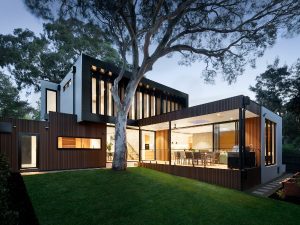


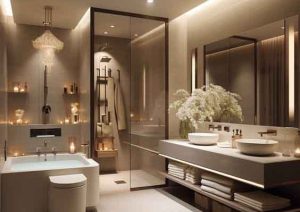
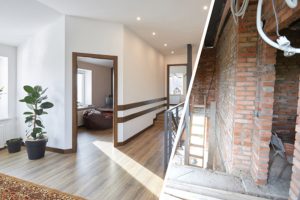
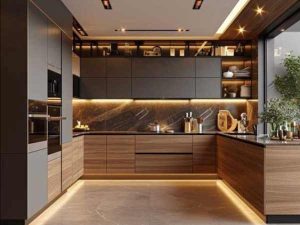


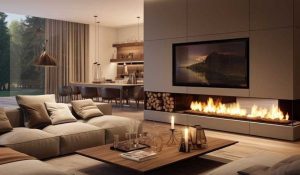

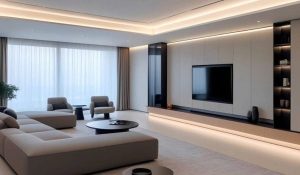
0 Comments